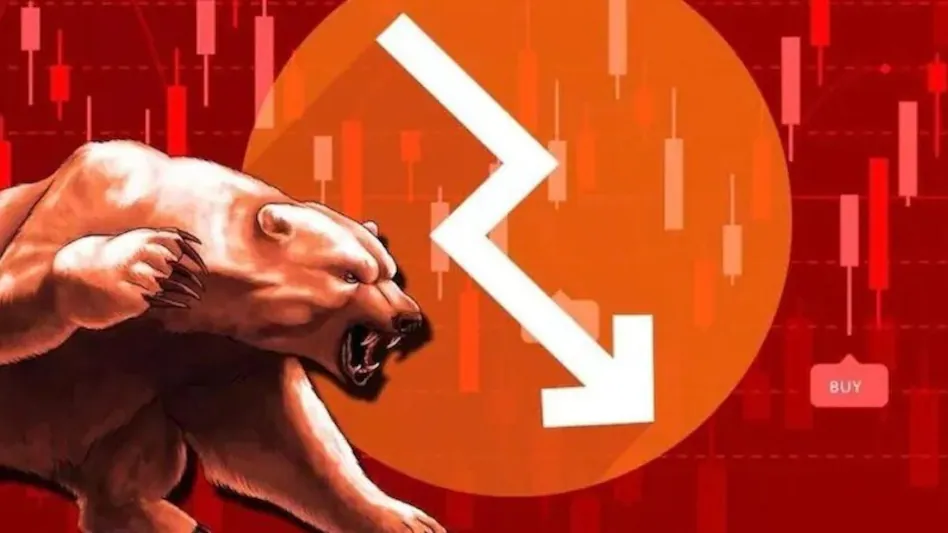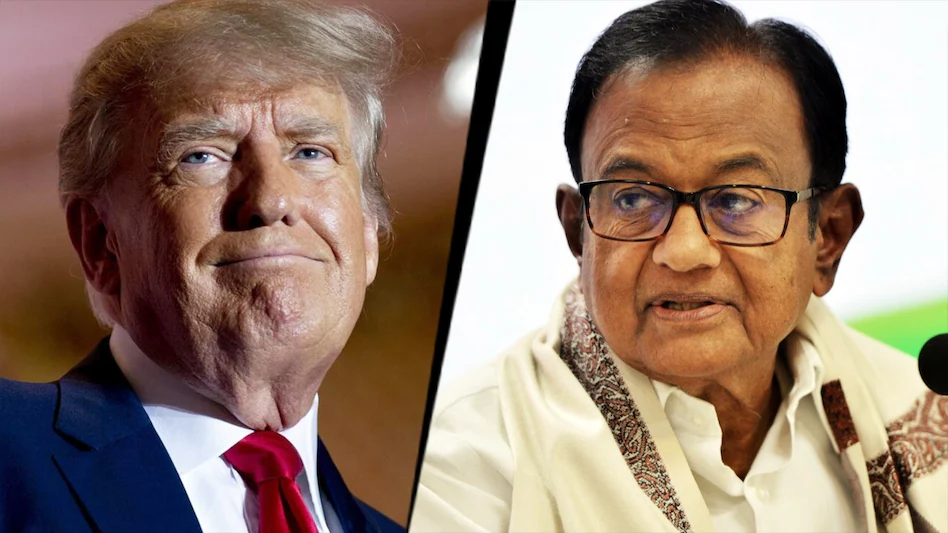Since the 1980s – even before Mandal – two political repertoires are in competition in the Indian public sphere: caste politics and Hindutva. This dialectic started in Gujarat when the BJP reacted to the reservation policies of Madhavsinh Solanki by promoting anti-Muslim polarisation in order to create a Hindu vote bank transcending caste-based divisions – a strategy that implied communal violence.
A few years later, in 1990, the Gujarat laboratory was the starting point of a national movement that followed the same rationale when the BJP tried to counter the effects of Mandal by relaunching the agitation for a Ram Mandir in Ayodhya: Advani’s Rath Yatra begun in Somnath – a “pilgrimage” orchestrated by his then protégé, Narendra Modi – and took India by storm, initiating a cycle that was closed earlier this year, 24 years later, with the inauguration of the temple.
The dialectic between caste politics and Hindutva may be at a critical juncture again for good reasons as well as by default.
First, paradoxically, the completion of the Ram Mandir is affecting the Sangh parivar’s mobilisation power. For decades its followers fought for what they considered their rights against an illegitimate mosque – and in the name of a sacred cause. But they’ve arrived and a kind of anti-climax is now palpable: they’ve achieved a decades-old objective, but this is not changing the face of the earth.
Certainly, there are many other battles that are still going on, against “love jihad”, conversions, cow slaughter, etc. But these other fights are not of the same magnitude, and to repeat the Ayodhya movement in Varanasi and Mathura will probably be difficult and take time – which makes it easier for other political repertoires to emerge.
Among them, those based on social issues are bound to prevail because India is experiencing a deep crisis due to mass joblessness and growing inequalities – between the rich and the poor as well as between the urban and the rural – in the wake of demonetisation and the COVID-19 pandemic, but also because of the pro-rich bias of the government that is evidenced by its taxation policy, including the GST. Indirect taxes at large, the most unfair ones, are again bringing more money to the state than direct taxes.
But why should caste politics be more attractive than class-based issues for the opposition?
For many reasons. First, caste and class overlap to a great extent – even though a small Dalit bourgeoisie and a larger OBC middle class are shaping up. Second, these two emerging social groups are primarily the products of caste-based positive discrimination – so much so that even dominant castes like the Marathas are asking for reservations.
Third, positive discrimination in favour of Dalits and OBCs is under attack, which is making its beneficiaries more sensitive to caste-based approaches: not only has the BJP government created a 10% quota for the upper caste people of the Economically Weaker Sections, but the shrinking of the bureaucracy and the privatisation of public units are resulting in the reduction of the posts that Dalits and OBCs can occupy in the state apparatus.
In the Central Government Services, for instance, the number of SCs and OBCs has dropped, respectively, from 569,886 in 2018-19 to 318,255 in 2022-23 and from 703,017 to 415,799. In the Central Public Sector Enterprises, they have also diminished from 16,080 in 2011-12 to 8,437 in 2022-23 and from 26,500 to 20,1561. Dalits and OBCs feel all the more frustrated as government jobs remain more attractive than those of the private sector.
Fourth, class consciousness has never been as deeply rooted as caste identity among the Indian masses. Certainly, there was a time when the Left represented the second-largest force in parliament and when trade unions were strong – but not any more, because of repression, deindustrialisation and … caste, an ascriptive group that has continuously undermined class solidarity: labourers identified to their jatis even as factory workers, as if it conveyed a deeper sense of identity.
If caste is so divisive, why is it at the top of the opposition agenda today? Probably because the caste census demand can unite the plebeians against the Sangh parivar more effectively and easily than any other. This demand is a functional equivalent of what Mandal was in 1990: the promise of more social justice and redistribution in a very inegalitarian society, of a better world for those who do not belong to the upper layers of society.
The implementation of the Mandal Commission report could not meet these expectations fully because jobs were too few and finally OBC jatis were locked in competition for getting these few jobs. As a result, the social coalition supporting the Janata Dal fell apart and lower OBCs resented the way dominant-OBCs – including Yadavs – cornered quotas. But for some time, all kinds of people rallied around Mandal.
Similarly, today, there is hardly any issue likely to attract more people than the caste census demand: the groups asking for it may compete again once such a census will result in concrete policies, but in the meantime, they’ll form a formidable coalition – that Nitish Kumar himself, although he’s part of the ruling alliance, will not be in a position to ignore (after all, his government was the first one to enumerate castes in Bihar…).
And of course, this tactical dimension will have long-term substantial effects: even if fewer jatis than expected benefited from Mandal, the implementation of the Mandal report and Mandal II (the creation of a quota of 27% for the OBCs in the higher education system by the Manmohan Singh government) helped thousands of young men and women to experience upward social mobility.
Beyond these tactical and the long-term rationales, caste can also unite the plebeians against the BJP for another reason: the party’s elitism is rooted in an upper caste, even Brahminical, ethos that fewer people are prepared to bear today.
To be proud of one’s caste pedigree was not a legitimate claim until recently. For decades after independence, many upper caste individuals concealed their name when it made their identification possible in caste terms. Those days are gone and there’s no inhibition left on that front. The speaker of the Lok Sabha, Om Birla, for instance, declared in 2019 that “Brahmins are held in high regard in society by the virtue of their birth,” the Indian Express reported2.
The valorisation of their status by upper caste Hindu nationalists – the sub-text of Hindutva from day one – incidentally, runs parallel to the increasingly indecent display of wealth, on the occasion of weddings for instance.
In spite of the professed egalitarianism of the RSS, Dalits are badly treated in this organisation too. In his autobiography I Could not be a Hindu: The Story of a Dalit in The RSS, Bhanwar Meghwanshi recalls that after he had become a vistarak, while he had prepared food for Sangh parivar members who were touring his district in Rajasthan, they refused to come to his home for eating; instead they took the food with them in order to save time and, they said, feed the village where they going to next – but they threw it out on the road. Meghwanshi was shocked:
“How can the Sangh do this to me? They don’t believe in untouchability, in caste discrimination, they believe all Hindus to be one, they talk of a united Hindu society, and then this kind of hypocrisy?”
Such hypocrisy is not the rule: caste stigma can also be displayed openly by followers of Hindutva. After Yogi Adityanath was elected chief minister of Uttar Pradesh in 2017, Hindu priests “made elaborate arrangements for sacred purifying rituals at the sprawling chief minister’s bungalow” that had been previously occupied by Akhilesh Yadav.
Such discourses and attitudes bear testimony of the resilience of caste prejudice in the Sangh parivar, something that has become increasingly unacceptable for the Indian plebe – not only because it is terribly humiliating, but also because it negates all hope of social mobility: the return of caste in its traditional incarnation, as the building block of a fixed hierarchical order, would make all the costly efforts to educate one’s children vain at a time when good jobs are very few.
Can the BJP defuse the rising wave of caste politics and resist the demand of a caste census? It will try hard, because that would seal the fate of the Hindu vote bank it has been building for years.
Ten years ago, the party had found the perfect antidote to caste politics in Narendra Modi: a pracharak fully committed to the making of the Hindu rashtra but whose jati happened to be reclassified among the OBCs in 1999, a man who did not climb the social ladder thanks to positive discrimination but on the basis of “merit”.
Modi, as any national-populist, could claim that he was a man of the people and assert, at the same time, that Hindutva was the main identity marker of the majority community. He could speak to the poor by pretending to be their voice, on the radio for instance, via the Mann ki Baat program where he publicised the very personalised welfare schemes he has introduced in the name of Swacch Bharat, Ujjwala Yojana and Jan-Dhan Yojana.
These schemes largely explain the electoral support the BJP gets from many Dalits and the poor in general. However, this support also comes from the resilience of Sanskritisation among the members of the lower castes who have a craze for being recognised as “good Hindus” by the elite of their community. Another factor has been the capacity of the BJP to nominate candidates belonging to the non-dominant Dalit and OBC jatis.
The opposition has started to adjust to some of these tactics. For instance, the Samajwadi Party and the Congress have also given tickets to non-dominant OBCs in UP this year, successfully (and they did not lose the vote of the Yadavs who could have resented the fact that fewer candidates came from their ranks).
But the trump card the Congress-led opposition may try to use in the coming months and years is definitely the caste census demand. If it does, it would reflect the deep transformation the grand old party will have accomplished under the auspices of Rahul Gandhi, the Indian leader who is speaking the most of and for the plebeians today – and who started to relate to them in the most direct way during his yatras: the messenger is the message when he hugs unknown supporters the way Rahul Gandhi did then, while most elite men and women avoid physical contact.
P.S.: If caste politics results in a pro-Congress wave like in the 1980s in Gujarat, the Hindutva forces may react the same way, by trying to polarise society along communal lines – again: the dialectic is bound to continue even if they don’t go that far.
Christophe Jaffrelot is research director at CERI-Sciences Po/CNRS, Professor of Politics and Sociology at King’s College London and Non Resident Fellow at the Carnegie Endowment for International Peace. His publications include Modi’s India: Hindu Nationalism and the Rise of Ethnic Democracy, Princeton University Press, 2021, and Gujarat under Modi: Laboratory of today’s India, Hurst, 2024, both of which are published in India by Westland.












